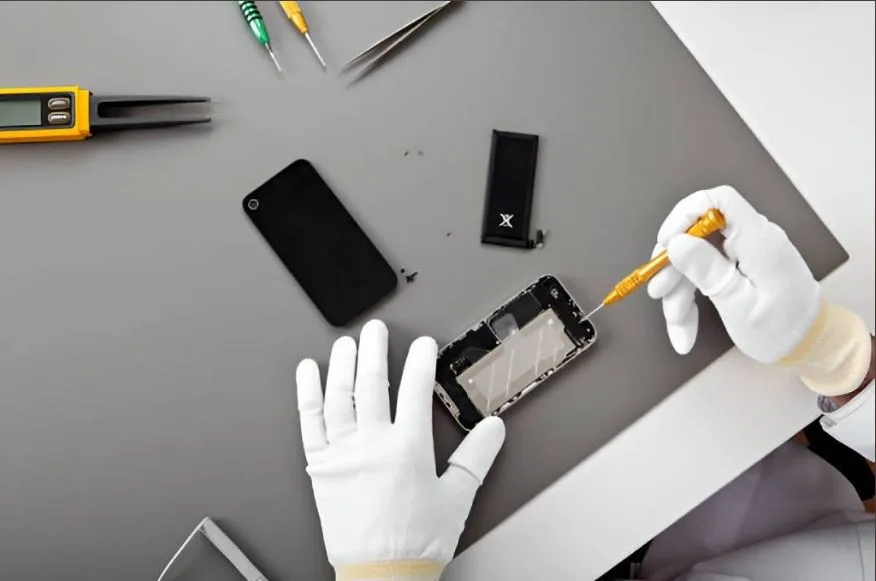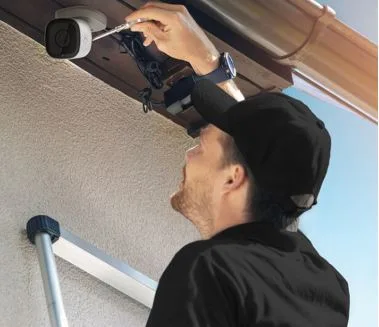How to Protect Your Phone from Common Damages: Expert Tips from Las Vegas Repair Pros
Your iPhone is your constant companion, so protecting your smartphone has never been more essential. Your iPhone may endure unique challenges like scorching temperatures to accidental drops. These minor incidents can quickly escalate into costly repairs, and the best move might be simply to fix my phone LVSW. That’s why we’ve enlisted insights from local repair professionals who have seen every phone mishap.
This guide delivers actionable strategies to minimize damage and extend the life of your device, expert advice that blends preventative maintenance, smart accessory choices, and daily habits tailored to keep your phone in peak condition.
Physical Protection
One of the most crucial dimensions in safeguarding your phone is physical protection. Here’s how you can protect your phone-
Use a Screen Protector
A tempered glass screen protector can protect against scratches and screen cracks. Their hardness helps safeguard your iPhone against common threats like keys, coins, or accidental drops. It almost mimics the feel and clarity of your original screen.
Invest in a Good Case
Invest in a high-quality protective case from shock-absorbing materials like silicone, TPU, or polycarbonate covering vulnerable corners and edges. These significantly reduce the chance of damage from drops. And for heavy-duty protection, consider rugged options like the OtterBox Defender series. And for your beach days, use a waterproof one.
Keep it Separate From Keys
Avoid storing it alongside keys, coins, or other sharp objects to prevent scratches and preserve your iPhone’s pristine appearance. Use a separate pocket or dedicated protective pouch for the best defence.
Environmental Hazards
Be mindful of environmental factors and be careful with the following-
Avoid water
Store your device in cool, dry areas, using sealed cases, or even silica gel in storage spaces. Even if your device is water-resistant, it may deteriorate over time, especially after impacts or exposure to chlorinated or salty water. It may cause short circuits, foggy screens, unresponsive buttons, or degraded audio quality.
Beware of Extreme Temperatures
Consistent exposure to high temperatures can damage your phone, weaken adhesives, degrade batteries, cause component delamination, reduce moisture resistance, and even lead to “Touch IC disease”.
In low temperatures, screens may become unresponsive, lithium-ion batteries lose efficiency, and can be damaged internally. It’s best to keep the device warm outside in cold conditions and avoid charging until it returns to normal temperature.
Keep it clean
Particles like sand and dust eventually impair functionality, clog components, can scratch the screen, and infiltrate ports. So, keep the phone as clean as possible to avoid these problems.
Handling & Maintenance
To handle your iPhone and keep the maintenance, here are the following factors –
Handle with Care
Use two hands when operating your phone in crowded areas or multitasking situations to reduce the likelihood of drops. Avoid carrying your phone in your back pocket, as when you sit, it can crash and bend your phone. Place it on a stable surface in a front or inner pocket.
Regular Software Updates
Regular system and app updates are important as they deliver security patches, improve performance, and prevent vulnerabilities. Maintaining sufficient free storage is essential for seamless iPhone updates. Free up at least 2–5 GB of storage by clearing unused apps, old files, or moving media to cloud storage to ensure the update process runs smoothly.
Restart Your Phone Weekly
Regularly restarting your phone is an effective and simple practice to maintain its security, performance, and longevity. Even if your phone is functioning properly, experts recommend rebooting your device at least once a week. Weekly restarts enhance device performance, improve battery life, apply security updates, and prevent overheating.
Battery Care
Practice smart charging habits and avoid letting your battery drain completely or charging it to 100% regularly. Smartphone batteries can degrade faster when subjected to full charge cycles. You can prolong battery lifespan by keeping your battery level between 20% and 80%. And be careful with fast charging, as it can generate excess heat.
Enabling an optimized battery charging past 80% until you need to use the device minimizes your battery’s time at full charge, extending its lifespan. Use manufacturer-approved chargers, as uncertified chargers may threaten battery health and safety.
Secure Your Data
Securing your data is important to safeguarding your privacy and preventing unauthorized access. Utilize strong authentication methods by setting up a strong passcode and enabling biometric authentication for added security. Enable full device encryption to protect your data by making it unreadable without the correct passcode. Regularly update your software to keep your device’s operating system and applications up to date.
Be cautious with app permissions to limit access to sensitive data and avoid allowing apps to access your camera or microphone unless necessary. Back up your data to a secure cloud service or external storage device in case of device loss or failure.
Conclusion
Protecting your smartphone from common damage is about ensuring its longevity, functionality, and your peace of mind. You can enjoy a seamless mobile experience and significantly reduce the risk of costly repairs by executing expert-recommended strategies. You can confirm that your smartphone remains a reliable companion for years by incorporating proactive care with professional support.





